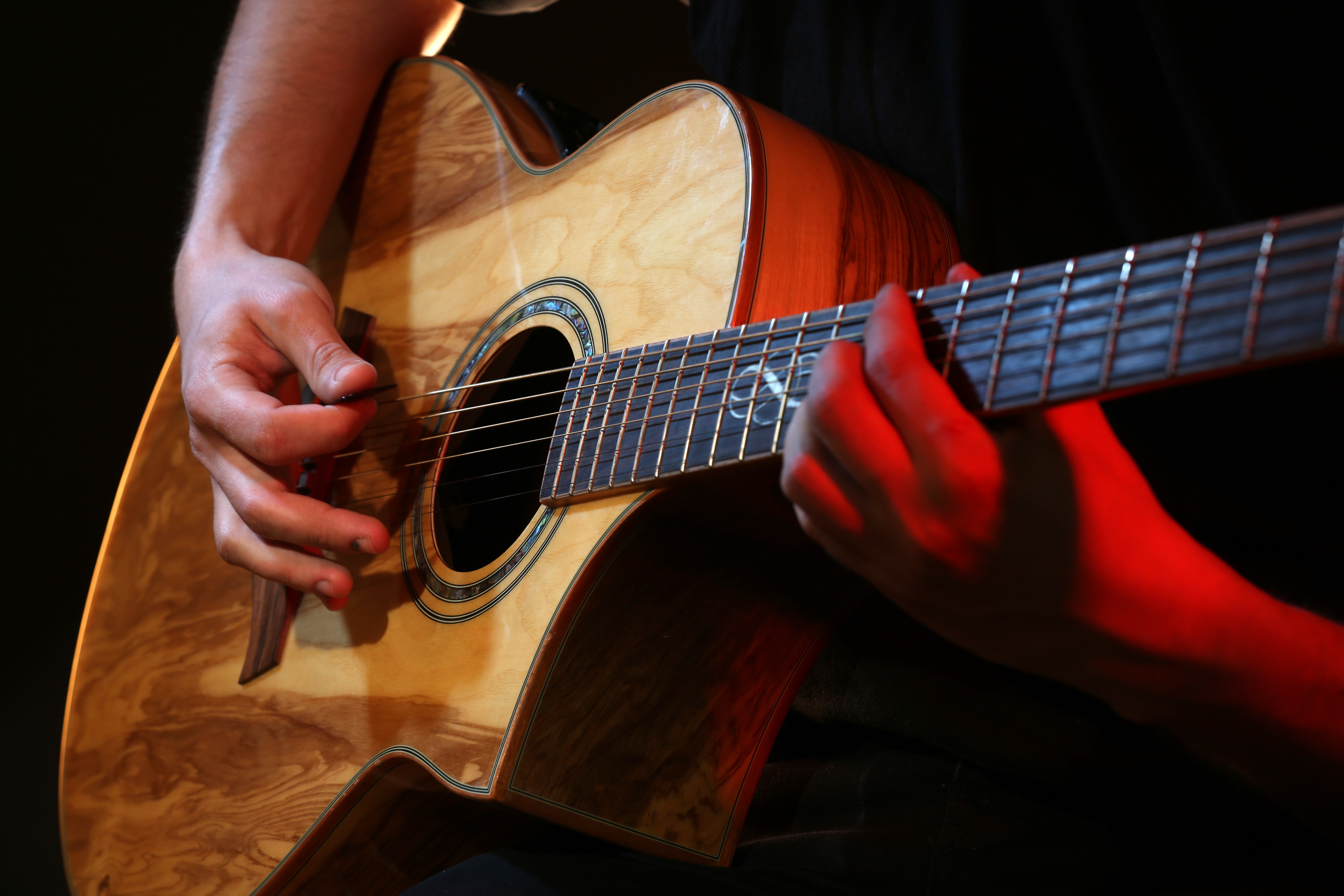
Guitar beginners are frequently overwhelmed by the number of chords there are to learn. Many will attempt to learn as many chords as possible without trying to master or memorize their shapes. This is a recipe for disappointment and I’ve seen it happen time and time again.
The truth is, when learning how to play acoustic rhythm guitar, you want to start with songs that only have three or four open chords. This will ensure that you can learn the song in its entirety and that you can play the song smoothly. I teach this approach in Liberty Park Music’s “Rhythm Guitar Course,” and it’s the approach I encourage all beginners to take. This article outlines the my recommended process, beginning with open chords in this specific order, before moving on to barre and seventh chords.
Beginning with open chords
Open chords are any kind of chord that has open strings that are played. If you’re a complete beginner, you should start with open chords because they don’t require much finger strength or dexterity to execute. Your success with these chords will help keep you motivated to continue learning.
A, E, D major
A, E, and D major chords are what we begin with, and just with these three chords, there are dozens of songs that you will be able to play as they will give you the ability to play the simplest chord progression in Western music -- the I (A major), IV (D major), and V (E major). A quick thing to note is whenever the names of chords are just represented by a single letter, you can assume that they are major chords



Using the fingerings outlined in the above chord diagrams, you will find that you will have an anchor finger (the index finger) between all three chord shapes.
Having anchor fingers will help you smoothly change between chords. Some songs that you can play with the A, E, and D major chords are “Happy Birthday,” “Chasing Cars” by Snow Patrol, both the “Three Little Birds” and “Stir It Up” by Bob Marley, and the standard 12-bar blues.
An additional chord that you can learn at this stage is the E minor chord, and this additional chord will give you the ability to play another common chord progression -- the ii (E minor), V (A major), and I (D major).

G, Cadd9, Em7, D/F#




G, Cadd7, E minor 7, and D -- these four chords have been used in countless songs thanks to their simple shapes and the fact that you only have to move two fingers between most of the chord shapes. The first thing that you’ll probably notice with these chords is that they have crazy names, so let’s cover that first.
The first chord is simply a G major chord. The second chord is read as “C add nine,” and this means that it is a C major chord with an additional ninth above the root of the chord (for those of you who know your music theory). The third chord is read as “E minor seven.” If it was just written as Em, you can assume that the lower case “m” denotes a minor chord. The additional seven lets you know that there is a minor seventh interval added to this E minor chord. The last chord is read as “D slash F-sharp.” This chord is actually a D major chord, but the F# that comes after the slash lets you know that you will now play an F# note as the bass note.
These four chords are a slight step up in difficulty from the previous three chords as they require you to use all four fingers to fret notes, and you will also be required to fret a note with your thumb for the D/F# chord. Some of the songs you’ll be able to play with these chords include “More Than Words” by Extreme, “Collide” by Howie Day, “Good Riddance” by Green Day, “A Thousand Years” by Christina Perri, and “Perfect” by Ed Sheeran. These chords will allow you to play common chord progressions like the I-vi-IV-V, I-V-vi-IV, and vi-IV-I-V.
Some additional chords that you can learn at this point include G/B, Asus (pronounced A s-uh-s), and G/F#.



Am, Dm, Em, G, C





Am, Dm Em, G, and C are the final open chords that we introduce. What makes these chords trickier than the previous ones is the fact that there are no common anchor fingers between these chords. This makes it a lot harder to perform your chord changes smoothly. Of course, there are some techniques like false anchor fingers or air changes that you can use to help you keep your chord changes smooth. These techniques are all covered within our rhythm guitar course, so feel free to check that out!
Additionally, pay attention to the alternate way to play the G major chord. Note here that chord shapes are not fixed as the same chord can be played in many different ways. What defines a chord is the notes within the chord rather than the shape of the chord. This G major shape will also require you to mute the fifth and first string with your other fingers. It is possible to accomplish this all with your ring finger, so play around with the positioning of your finger to see what works.
Now with all of these open chords, you should be able to play almost any song. Add in some knowledge on how to use a capo, and these open chords can keep you busy for years to come.
An additional chord you can learn at this point is F/C.

This is a temporary replacement for any F major chord you may have to play at this point. The F major is usually played with a barre technique which is what you should begin working on after mastering these chords.
Barre chords
After mastering open chords, it is time to move on to barre chords. These chords are a significant step up in terms of difficulty as they require more finger strength, dexterity, and coordination to execute, but if you’ve spent the time mastering your open chords, you should be ready.




Feel free to check out our article on barre chords. We cover everything from how to play them to how they are formed.
Seventh chords and beyond
When you’ve mastered your barre chords, it is safe to say that you will be able to play any song with simple major and minor chords. However, there are some genres that will require more complex sounding chords. This is where you will have to pick up some seventh chords. Begin with your major7, minor7, dominant7, diminished7, and minor7b5 chords.





After this point, it is time to sit down and really understand how chords are constructed and how to construct chords with extensions. This requires a good amount of music theory and fretboard knowledge, but once you acquire this knowledge, you will be able to construct your own chords and create your own chord shapes.
Summary
You can’t rush through your progress of learning chords; always take the time to really memorize them and practice them in context of a song. The most common mistake most beginners make is they will attempt to learn all of the open chord shapes without using them in a song. This method doesn’t allow you to practice the chord changes (which are very important to master), nor does it help you solidify the chord shape in your mind.
One of the best ways to learn and practice chords is by learning songs that use similar chords and chord progressions. If you’re looking for a library of song lessons, check out our Guitar Songs course!
Additionally, If you’d like more guidance through this process of learning chords, check out Liberty Park Music’s “Rhythm Guitar Course!”
About the Author: Ze
Ze first began his journey playing original music and top 40s pop tunes around the country's popular venues. Eventually, through the music of John Mayer, he found a strong attraction to blues music. Ze has years of experience teaching beginners and intermediate guitarists. Currently with Liberty Park Music he is teaching Introduction to Guitar Playing for Complete Beginners, Rhythm Guitar to learn about strumming, chords and more, Guitar Essentials as a fast-track review course, and lots of Song Lessons on pop and rock hits.

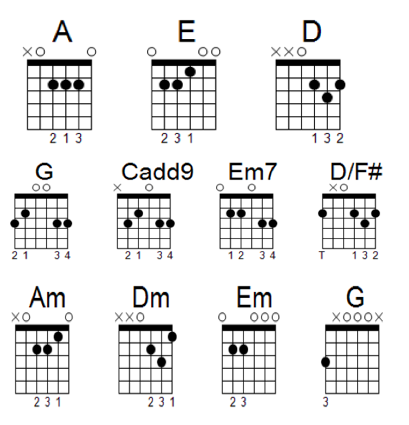
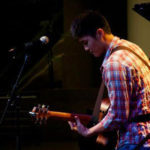
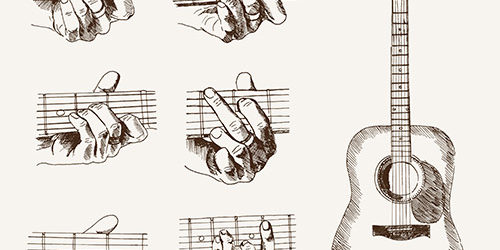
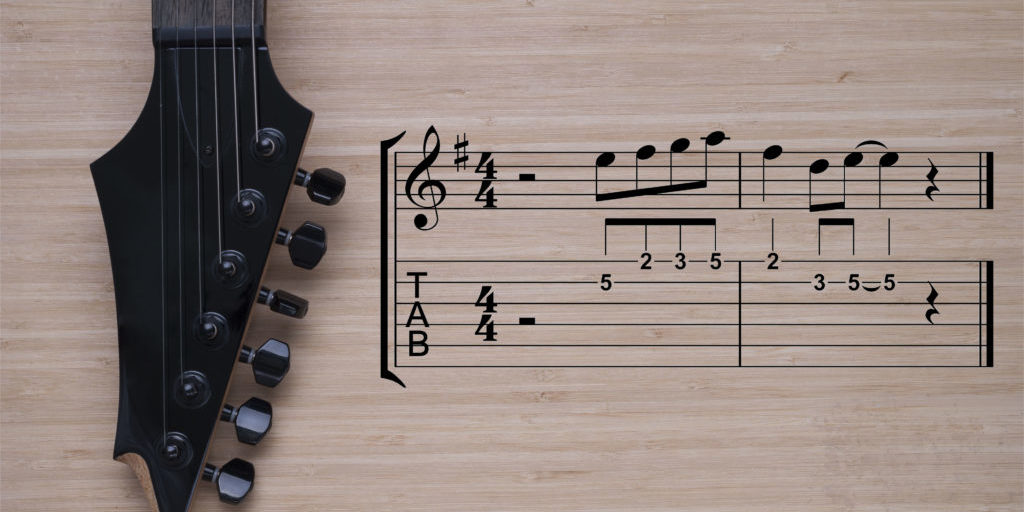
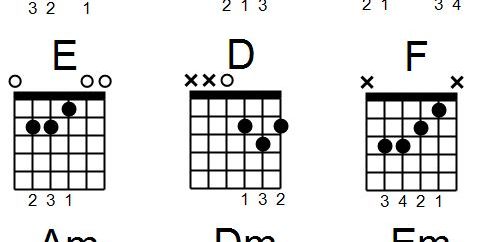
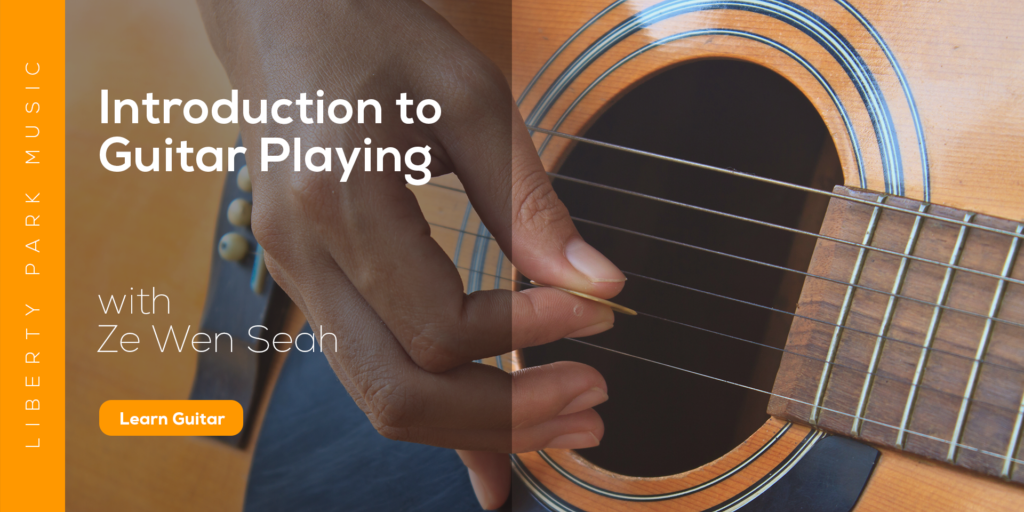
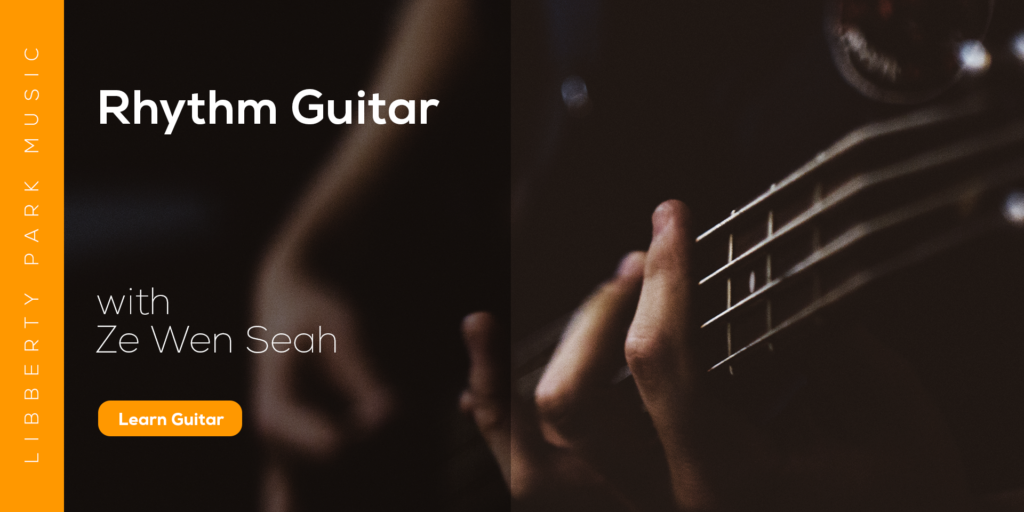
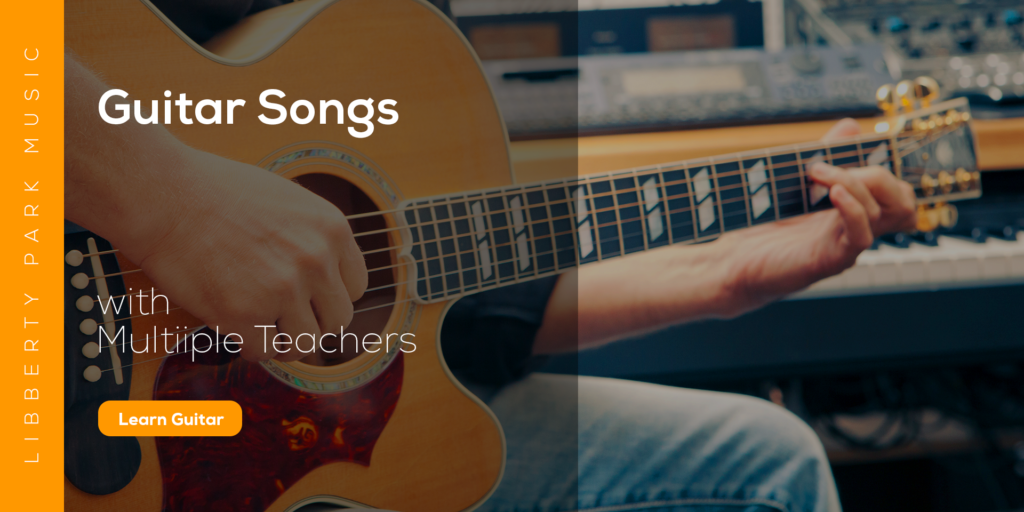
Getting back to playing , 18 years with MS and this is what I was looking for , thank you
really informative and helpful.. thanks man